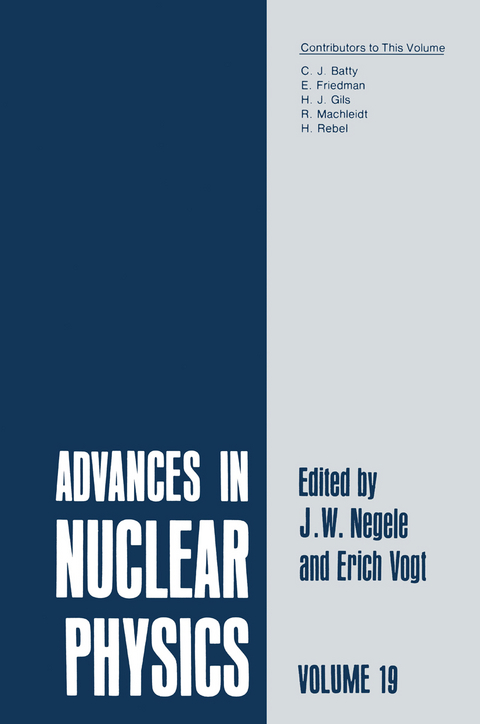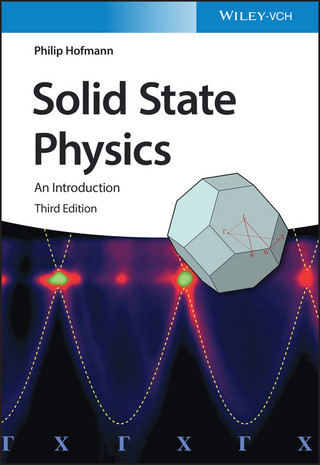
Advances in Nuclear Physics
Springer-Verlag New York Inc.
978-1-4613-9909-4 (ISBN)
1 Experimental Methods for Studying Nuclear Density Distributions.- 1. Introduction.- 2. Nuclear Charge Distributions.- 3. Information on Specific Orbitals.- 4. Information on the Periphery of the Nucleus.- 5. Information on the Nuclear Surface.- 6. Toward the Nuclear Interior.- 7. Future Methods and Probes.- 8. Concluding Remarks.- Acknowledgments.- References.- 2 The Meson Theory of Nuclear Forces and Nuclear Structure.- 1. Introduction.- 2. Historical Overview.- 3. Pedagogical Introduction.- 4. The One-Boson Exchange Model.- 5. Advanced Meson Exchange Models.- 6. Charge Dependence.- 7. Nucleon-Nucleon Scattering above the Inelastic Threshold.- 8. Some Related Hadronic Interactions.- 9. Nuclear Matter I—Conventional.- 10. Nuclear Matter II—Beyond Convention.- 11. Finite Nuclei.- 12. Summary, Conclusions, and Outlook.- Acknowledgments.- Appendix A: One-Boson Exchange Potentials.- Appendix B: Models Including Isobar Degrees of Freedom.- Appendix C: Deuteron Wave Functions.- References.
| Erscheint lt. Verlag | 5.7.2012 |
|---|---|
| Reihe/Serie | Advances in Nuclear Physics ; 19 |
| Zusatzinfo | 180 Illustrations, black and white; 396 p. 180 illus. |
| Verlagsort | New York, NY |
| Sprache | englisch |
| Themenwelt | Naturwissenschaften ► Physik / Astronomie ► Atom- / Kern- / Molekularphysik |
| Technik | |
| ISBN-10 | 1-4613-9909-2 / 1461399092 |
| ISBN-13 | 978-1-4613-9909-4 / 9781461399094 |
| Zustand | Neuware |
| Haben Sie eine Frage zum Produkt? |
aus dem Bereich


